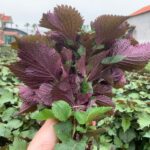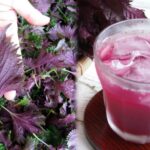Utilize these readily available herbal remedies to temporarily alleviate pain:
1. Mugwort
Mugwort contains essential oils such as cineole, dehydro matricaria ester, and tricosanol, which are effective in treating nerve pain and arthritis.
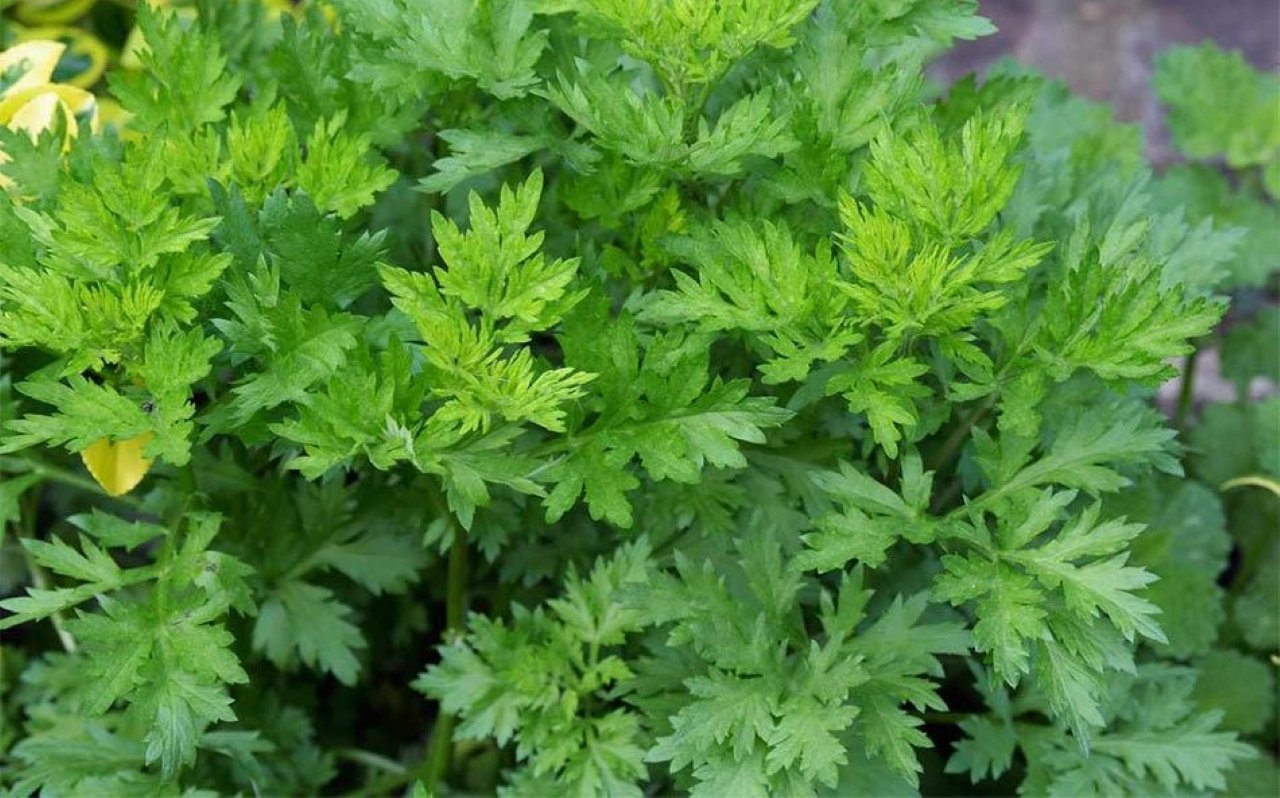
Usage: Clean the mugwort leaves, and sauté them with vinegar or heat them in a pan. Place fresh banana leaves on your bed, and put the prepared mugwort on top. Lie on your back, with your back on the mugwort, or lie on your stomach and apply the heated mugwort to your lower back.
Note: Avoid using this remedy continuously for extended periods. Individuals with yin deficiency, high blood pressure, or who are pregnant should refrain from using this treatment.
2. Chili Peppers
In Traditional Medicine, chili peppers are believed to have pain-relieving and warming properties. Modern science has identified capsaicin in chili peppers, which stimulates the brain to release endorphins, resulting in a numbing and pain-relieving effect. Both the leaves and fruits of chili peppers can be used to alleviate back pain.

Usage 1: Crush 15 ripe chili peppers, 3 papaya leaves, and 80g of chili finger root. Soak this mixture in alcohol at a ratio of 1:2, and use it for lower back massages whenever pain occurs.
Usage 2: Clean and crush 50g of chili leaves, heat them in a pan, and add a small amount of alcohol. Place the mixture in a cloth bag and apply it to the painful area while it’s still hot. Change the medication daily, and reheat it 1-2 times when it cools down.
3. Fresh Ginger
According to Eastern medicine, ginger has warming properties and can stimulate blood flow and energize the body. Modern science has also proven that the pungent substance in ginger has antioxidant, anesthetic, and immediate pain-relieving effects, especially for back pain.
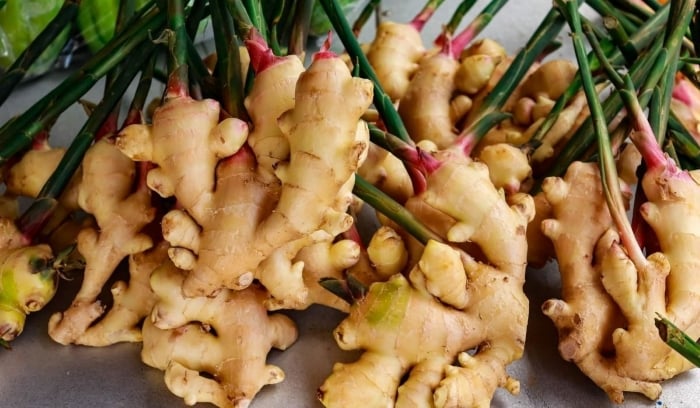
Usage: Take 20g of fresh ginger and 15g of onion, crush them, and mix with 30g of flour. Apply this mixture to the painful area and secure it with a bandage. Change the medication daily.
4. Pepper Leaves
In Traditional Medicine, pepper leaves are believed to have anti-inflammatory, analgesic, anti-spasmodic, and antibacterial properties. They are used to treat rheumatism, chronic arthritis, back pain, joint pain, and bone aches.
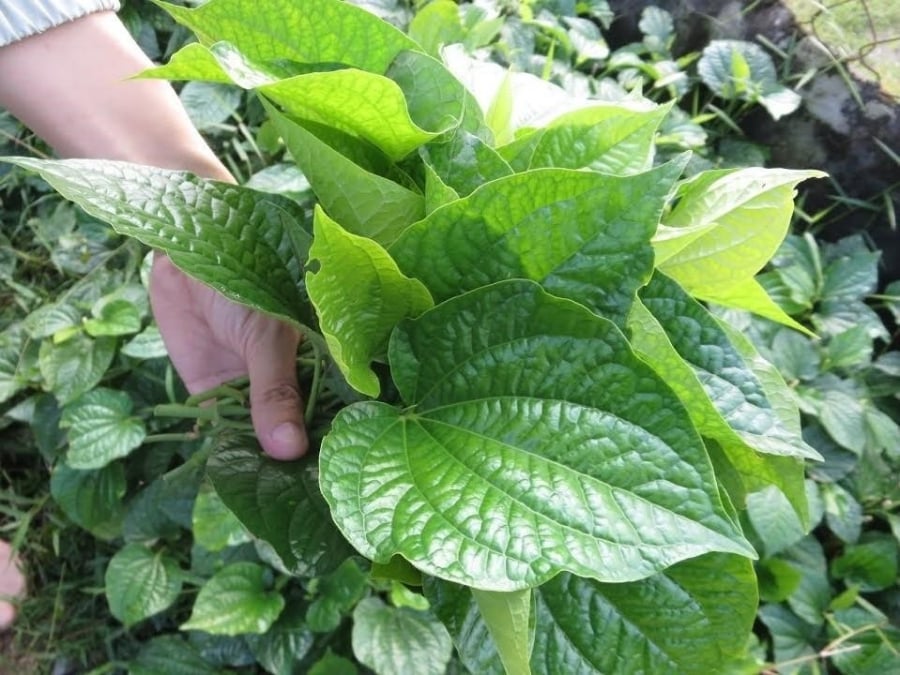
Usage: Use 8-12g of dried leaves or 20-30g of fresh leaves for decoction, and drink daily. Do not consume for longer than a month without noticeable improvement. If there is no relief, discontinue use and try an alternative method.
5. Chinese Basil
In Traditional Medicine, Chinese basil roots are sweet, slightly bitter, and cooling. They are believed to improve blood circulation and nourish the blood. Modern science has identified glucosides, alkaloids, triterpenoid saponins, and 13 amino acids, including lysine, cysteine, and methionine, in Chinese basil roots.
Scientists have also proven that Chinese basil roots have properties similar to those of ginseng. The roots, stems, and branches can be used to treat back pain, knee pain, or rheumatism.
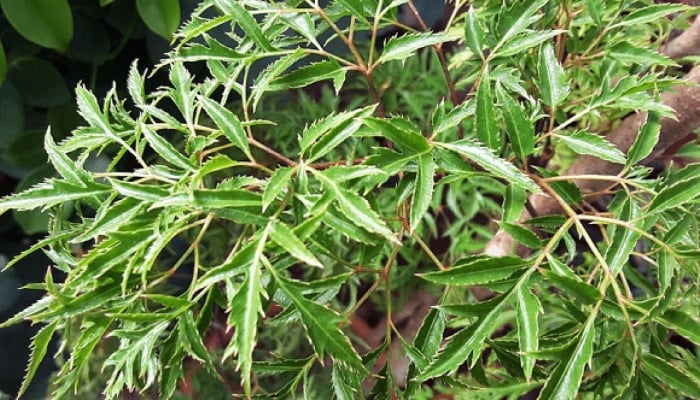
Usage: Use 20-30g of Chinese basil, and decoct three times a day. You can combine it with cuckoo roots, mimosa, and licorice.
Note: It is recommended to use the roots of Chinese basil plants that are 4-5 years old. For smaller roots, use the whole root, but for larger roots, only use the outer layer. Chop the roots, stems, and branches into small pieces, and dry them in a cool, shady place to retain their flavor and aroma. Avoid excessive consumption of Chinese basil roots as it may cause dizziness.
The Ultimate Egg Fry: A Japanese Twist on a Classic
The Vietnamese have a unique tradition of frying eggs with scallions, resulting in a delicious and nutritious dish. The secret lies in the aromatic scallions, which elevate the humble egg into a culinary masterpiece. By incorporating these flavorful greens, you’ll discover a mouthwatering and wholesome treat that will tantalize your taste buds.


























